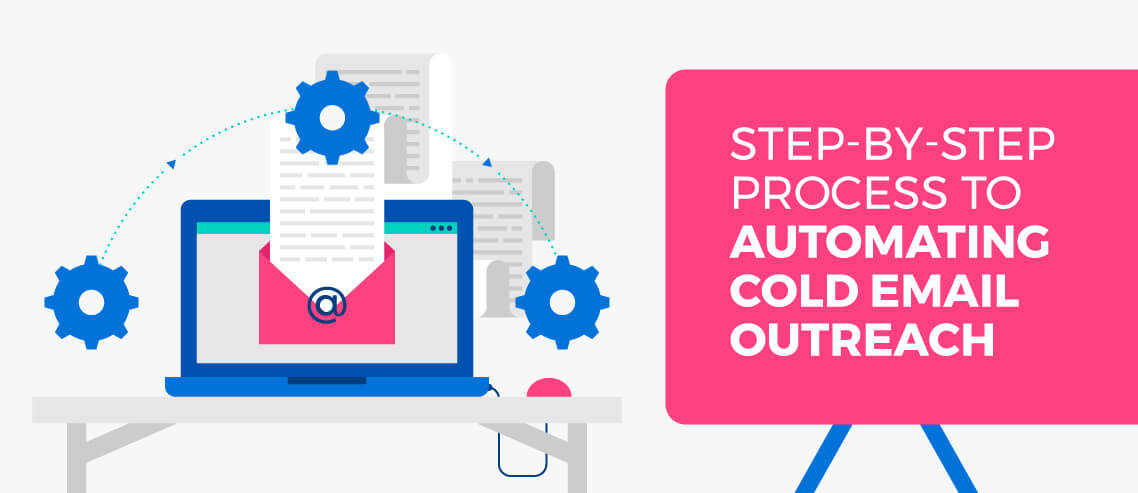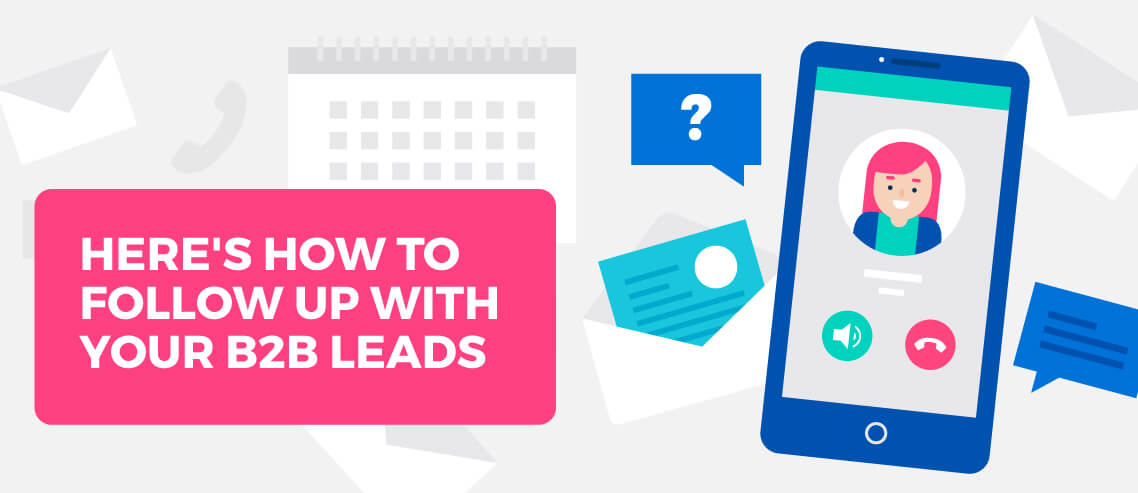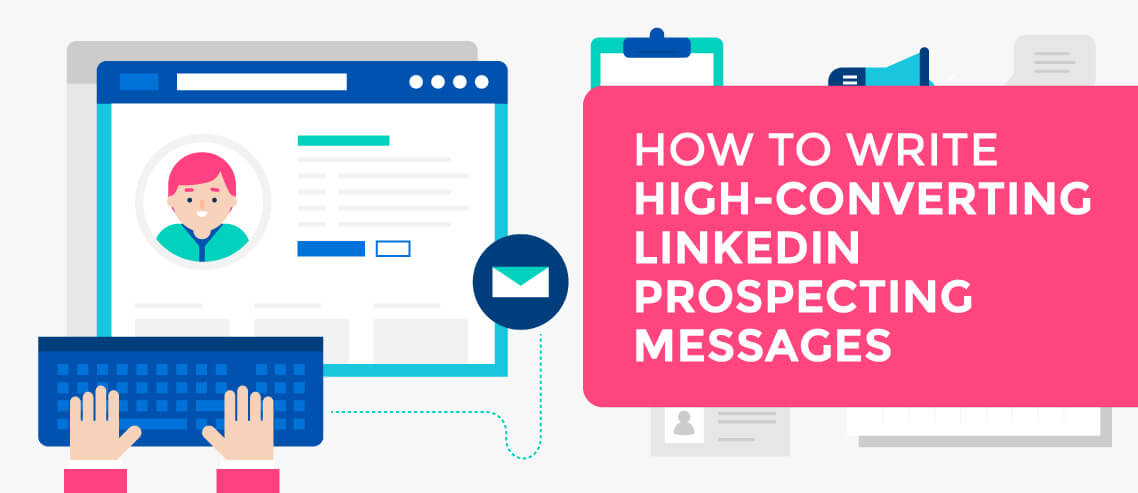How AI can help you be more human in cold emails
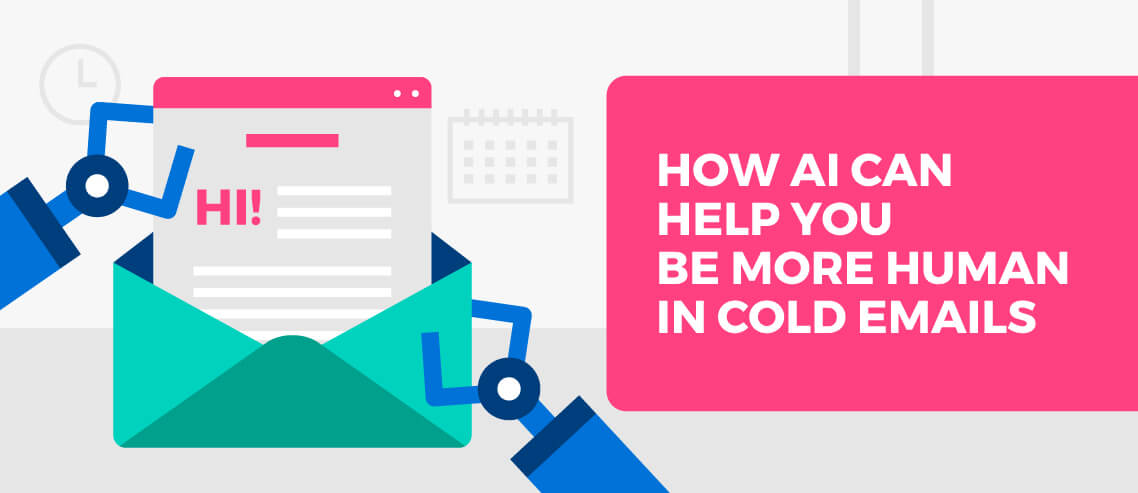
Contents
Note: this is a guest post from Dennis R. Mortensen, CEO of x.ai. x.ai is an artificial intelligence platform that helps you avoid the “email ping-pong” of scheduling meetings.
When we talk about the ROI, we usually speak in terms of seconds, minutes, and hours — the time our AI scheduling assistants save their users. After all, that’s what our math tracks, and so, empirically, that’s our best tracker of how much business value our automation offers.
However, there’s a different kind of value to using a tool like ours, one that’s harder to track, but equally important: humanity.
It may sound like the setup to some mid 21st-century punchline, but it’s real: AI can help you be more human. That’s a particularly helpful benefit when you’re writing cold emails.
Collaborative Intelligence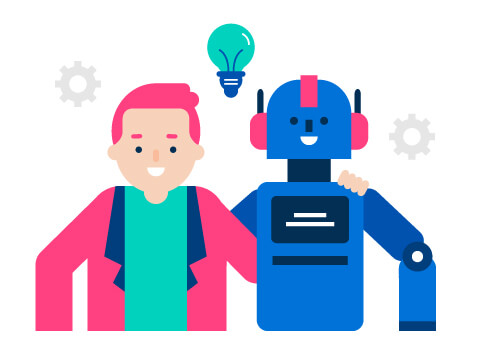
One crucial part to understanding how to use AI for a boost of humanity (in a cold email or otherwise) is by embracing an AI philosophy called “collaborative intelligence.” Referenced by Paul Daugherty in his new book, ‘“Human + Machine: Reimagining Work in the Age of AI’,” the theory sets up the most essential difference between automation and other technology.
Most AI tools aren’t yet at the level of autonomy and sophistication that they can actively replace humans outright. Instead, business AI like our scheduling assistants augment human workflows by taking over the bulk of repeatable tasks.
For a human, the collaborative part comes from figuring out the unique, purely human ways they either contribute to those tasks, or where else they can focus without having to handle mundane logistics. In the case of using Amy + Andrew, our users can count on not having to go back-and-forth with people via email to find a time for a meeting (what we call “email ping pong”).
We mentioned our ROI being measured in time before, and that’s the easy, tangible part: you can calculate reasonably quickly the amount of meetings you average per week to understand how much time you’ll save in email ping pong. What the collaborative decision then becomes for our users is striking a balance between setting up a higher volume of meetings (makes sense for roles like recruiters or salespeople), and reinvesting the time in a higher quality of communication — an email with better attention to detail, better editing, better creativity. To put it another way: being more human.
Especially in the case of a cold email, if you’re using a tool like Amy + Andrew to set up a time to speak to prospects, reinvest your time saved in the following areas of your email that require a bit more human finesse.
Introduce Your AI
Before we get into the different parts of the email in which you can showcase your humanity, I want to call out something our entire company feels strongly about. If you’re using an AI assistant to handle a negotiation of information with another person, we think it best to give your guest a heads up.
We include an indicator in Amy + Andrew’s email signatures and continue to tinker with the best ways to alert users that they’re interacting with a form of AI. Not only does it help all involved parties understand the mutual benefits of using automation, but there’s no opportunity further down the line for someone to feel deceived or slighted.
We recommend a brief introduction before using the AI itself. Here’s an example:
“Glad you’re interested in hearing more! I’m going to use my AI scheduling assistant Amy to set up a time. She’ll save us from sending times back and forth.”
It’s up to you how you want to customize the introduction to AI for each guest (for instance, a less tech-savvy guest might call for a bit more elaborate explanation), but doing so first lets you keep the conversation moving in ways that further human idea exchange, collaboration, and most importantly, a potential transaction.
A Warm Salutation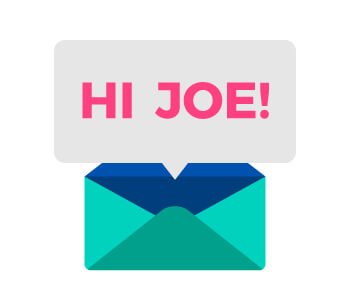
Greetings make a difference. The difference between “Hi,” and “Hey,” can be the decider on whether someone will pay attention to the rest of your email.
Depending on the rest of your message, perhaps you want to get a little idiosyncratic with something like “salutations,” but typically, the simpler, the better. You don’t want to detract from the rest of your message.
The important note to being more human in the greeting is ensuring you include a first name as a custom field. Even if it’s clear some of your message is being repurposed for a whole list, people respond to a personal touch, even a simple one.
Do understand the limitations of using a custom field, as many people often use different aliases on form fills than the names their friends call them. If you’re doing a 1:1 cold email, put in some effort to find the name they respond to online.
Introduce Yourself, and your Intent
We already covered introducing your AI assistant, but introducing yourself and stating your intention is even more vital in a cold email. If you haven’t met the person you’re emailing, your introduction has to be impressive and interesting enough to merit further consideration. Don’t think stating your job title and company is enough: illustrate why their attention and consideration is so important to what you do.
A Compelling Reason to Believe

If your introduction is strong enough, a lead will care about you. Now you have to convince them that what you’re selling is also worth caring about.
Obviously, a cold email isn’t the prime avenue for a five-paragraph essay espousing the wonders of your product. Try to craft something succinct that speaks to the benefit of what you provide and contextualizes it for their personal experience.
It may help to link to an ROI calculator, or other external links about your products that can give them more to study if they’re so inclined.
Personal Details
There are several techniques to experiment with, and some will work better based on context-specific details. What’s universally true is that a compelling lead gives your reader incentive to keep reading, and that’s essential to the success of a cold email.
Like the salutation, layers of personal detail can be magnetic in terms of drawing attention. Is the list comprised of people you met during an event or conference? Grouping your CSVs in such a manner gives you more conversational fodder to sway leads toward a sale (“how many of those amazing tacos did you grab from the food truck outside the venue?”), not to mention greater insights post-campaign into which social spheres your product or service seems to motivate intrigue.
Dictate the Rhythm of Conversation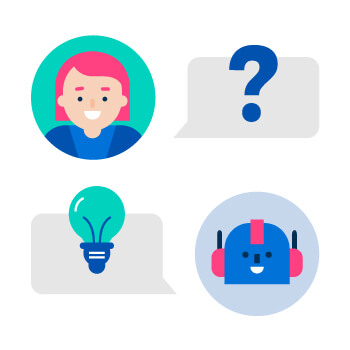
Because most successful businesses AI assistants typically handle logistics to accomplish a vertical task, you can progress the conversation into more thoughtful, and ultimately more fruitful territory.
The more personal details you establish, the firmer your rapport will become, which makes bridging toward a sale easier.
Keep in mind: though an AI assistant may be taking over a logistical part of the conversation, that doesn’t let you off the hook from doing your part. You can circle back with a relevant article, an interesting new insight or even a quick update to keep things interesting.
Overall, an AI like ours makes setting up meetings with leads over cold emails dramatically easier, but if you want to convert, do your part to remind them the power of humanity.


